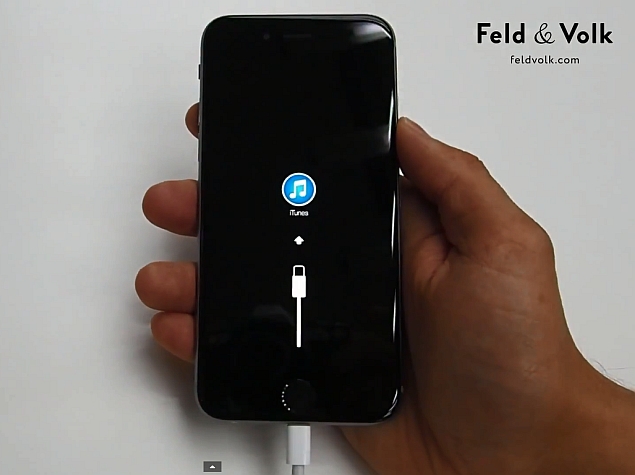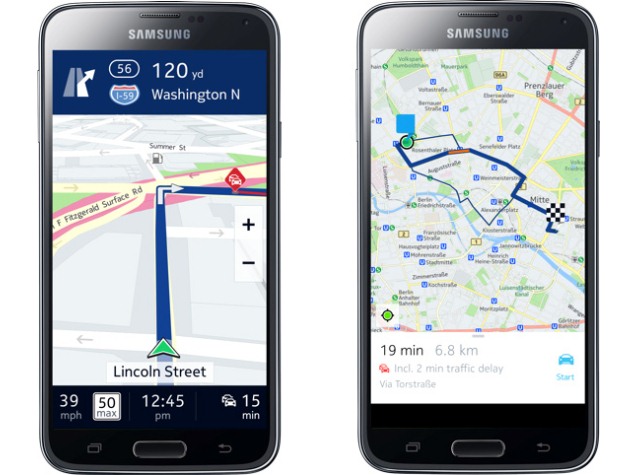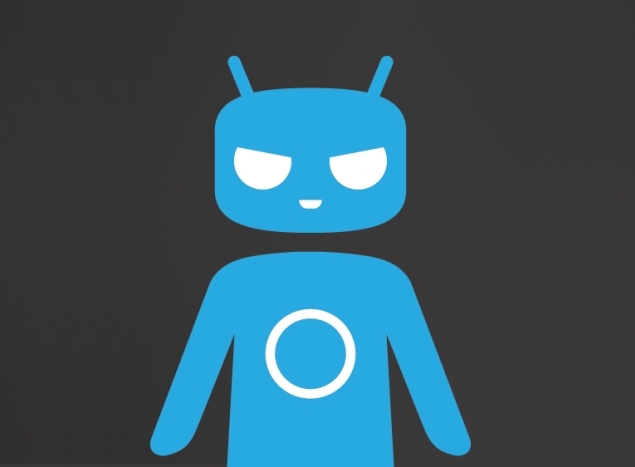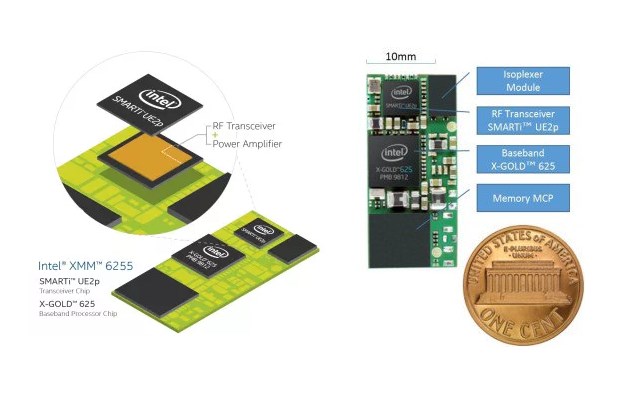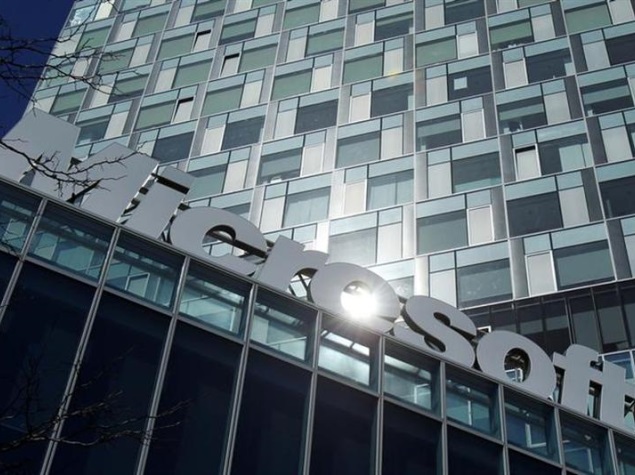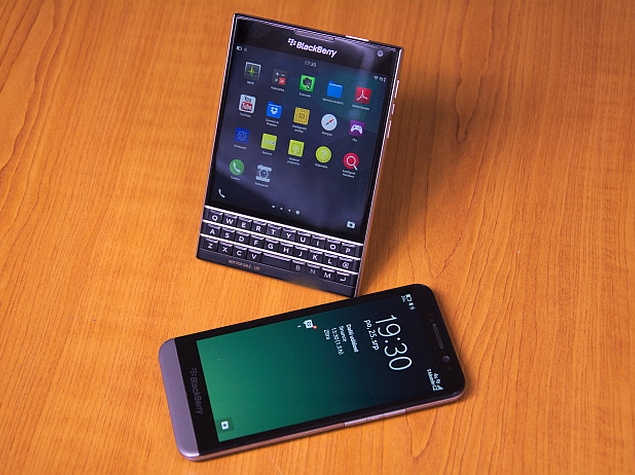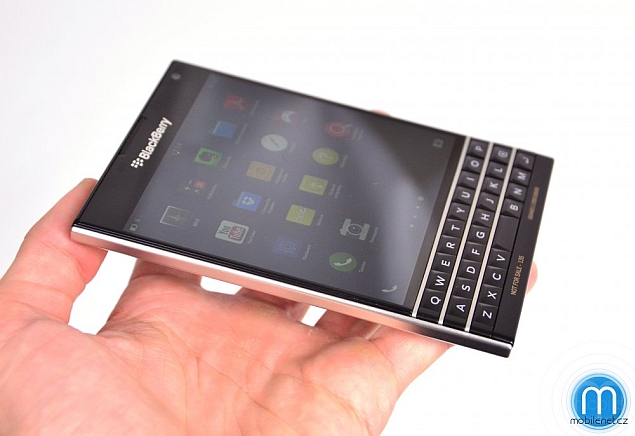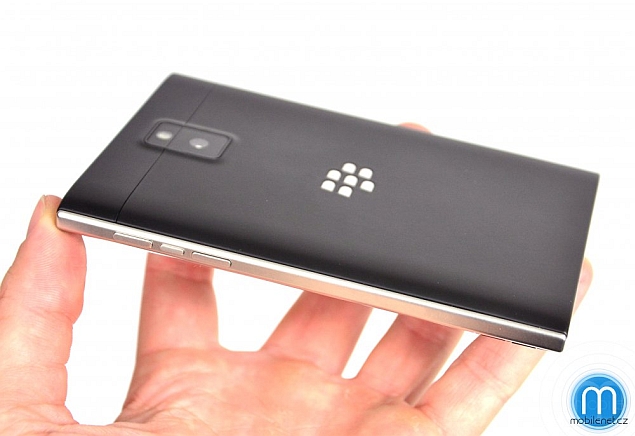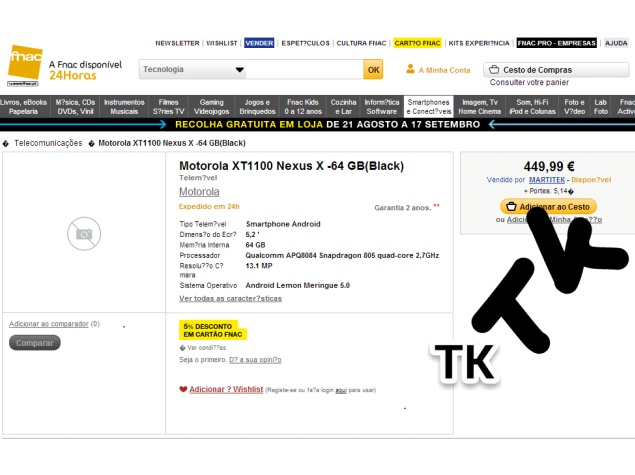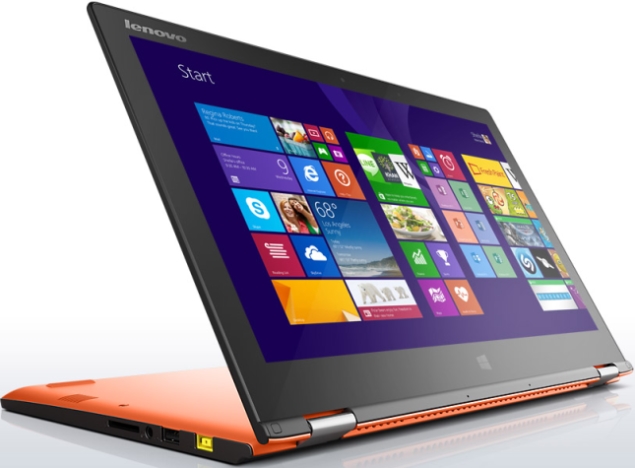A hoverbike currently being developed by British engineering company Malloy Aeronautics would bring drone technology to new heights.
The company is testing unmanned flights of the hoverbike, which, they say, will be able to reach an altitude of 9,000 feet when completed. Once they achieve aviation certifications for the unmanned model, they will be able to develop a manned prototype.
When finished, the quadcopter could be piloted by a person sitting on the bike or by remote control.
Videos of the test flights show just how high this bike can go. The drone used in the test is one-third the size the hoverbike will ultimately be.
And according to Reuters, the bike can fly at a speed of more than 100 knots, or about 115 miles per hour.
The Malloy team designed the hoverbike as an update to the traditional helicopter, one that’s safer and easier to use.
“I’ve always been one to look at designs and see how I can make them better. And when I got my helicopter licence I realised that the helicopter as a design has a lot of improvements that need to be made, and one of them is safety and reliability,” Chris Malloy, managing director of Malloy Aeronautics,said to Reuters. “They’re very complex machines. And my goal was to see where we could strip away the complexity and increase the safety and that’s basically where the hoverbike came from.”
According to the design team, the hoverbike is safer than a helicopter because of an inherent simplicity in the design.
“Rotor-strike is a major issue with helicopters. This eliminates rotor-strike by protecting the propeller blades from the ground and other airborne obstacles,” Malloy said. “The helicopter is inherently complex. The hover bike is very simple.”
Construction on the full-scale model is expected to be completed in the next few months.
Malloy used a Kick stater campaign to raise funds for the project. The campaign has earned more than $US77,000 with only six more days to go.




